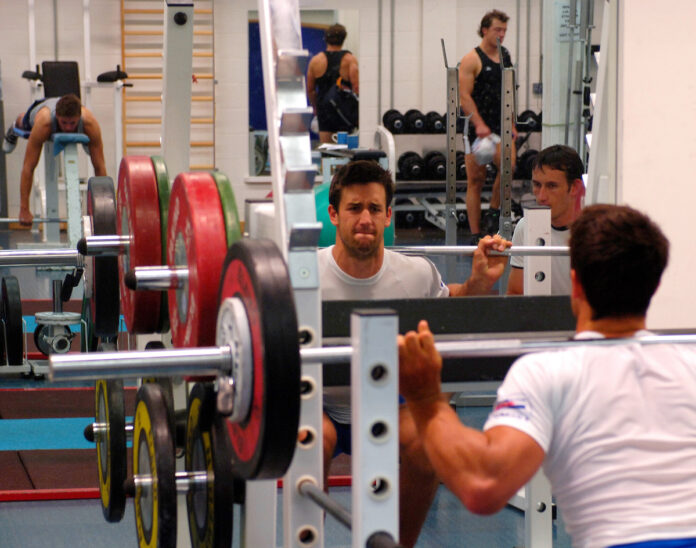BY RICH DAVIS
PHOTO BY PETER SPURRIER
To continue reading…
This article is exclusively for Rowing News subscribers. For as little as $5 a month, you can get access to the best quality, independent reporting on all the issues that matter to the North American rowing community.
Already a subscriber? Login
Rowing is a strength sport, and if used appropriately, the erg will allow you to improve this critical dimension. But a well-designed weight program can be more effective by enabling you to hone in on areas that need work. Focus on rowing-specific exercises, such as the leg press, curls, bench press, and squats. Use both weight machines and free weights. Consult with a coach, trainer, or an experienced conditioning coach to create a program based on what you need to develop to improve your strength for rowing or sculling. A few pointers: when exercising with free weights make sure you have a spotter; always wear shoes when weight lifting; develop opposing muscles to ensure your body is balanced; and make time for rest. Of course, whether you use equipment at a gym or your own weights, always wipe it down before and after use to avoid spreading cold and flu germs. For those who are still on the water, safety this time of year needs to be your fist priority. Always factor in the conditions when assessing what you can achieve in a session. I once found myself on the water with three freshman crews when the weather suddenly changed from a light breeze to a roaring wind. Fortunately, were able to get in safely but the outcome could have been much worse. Don’t make the same mistake. Always check the weather before launching.

